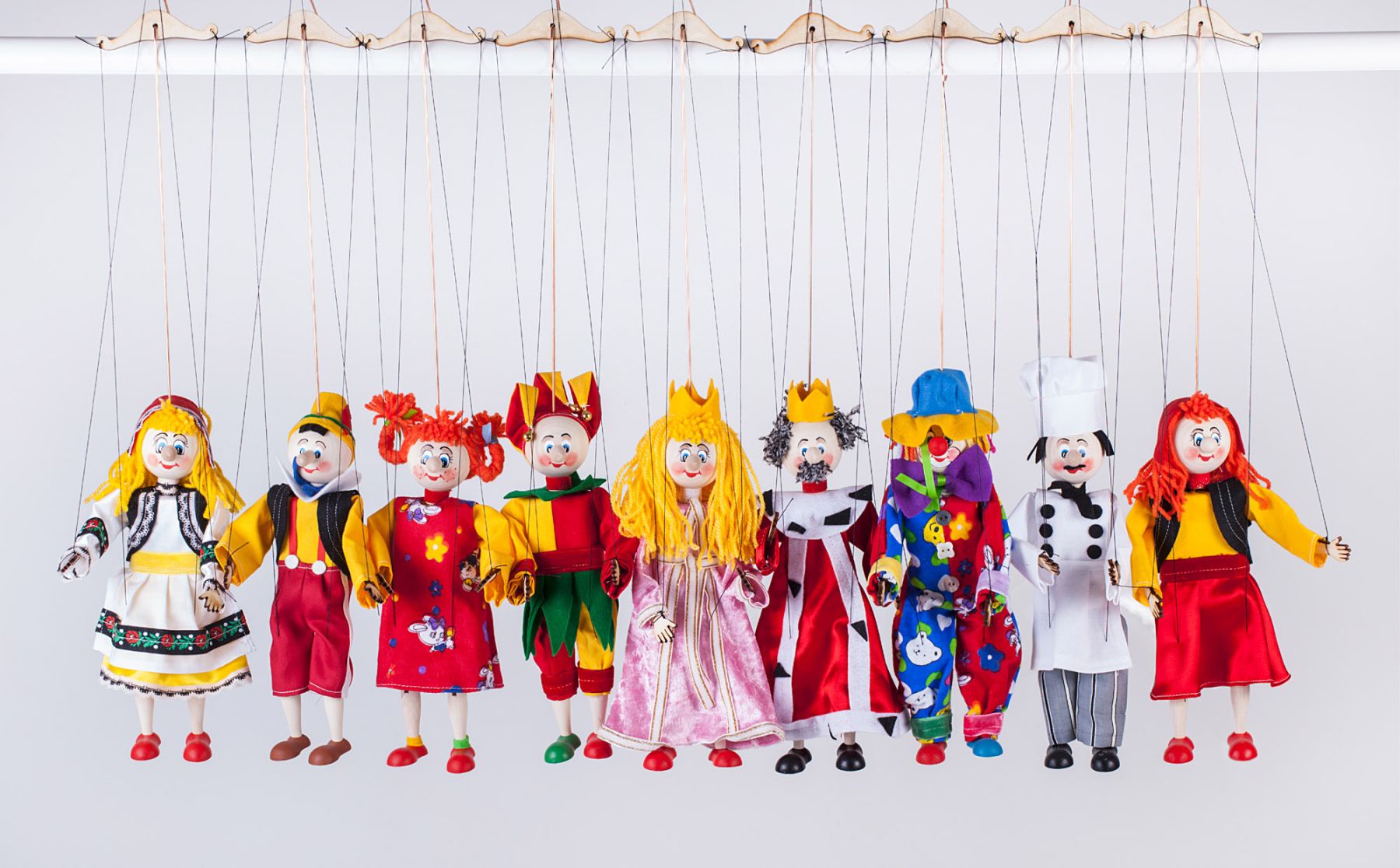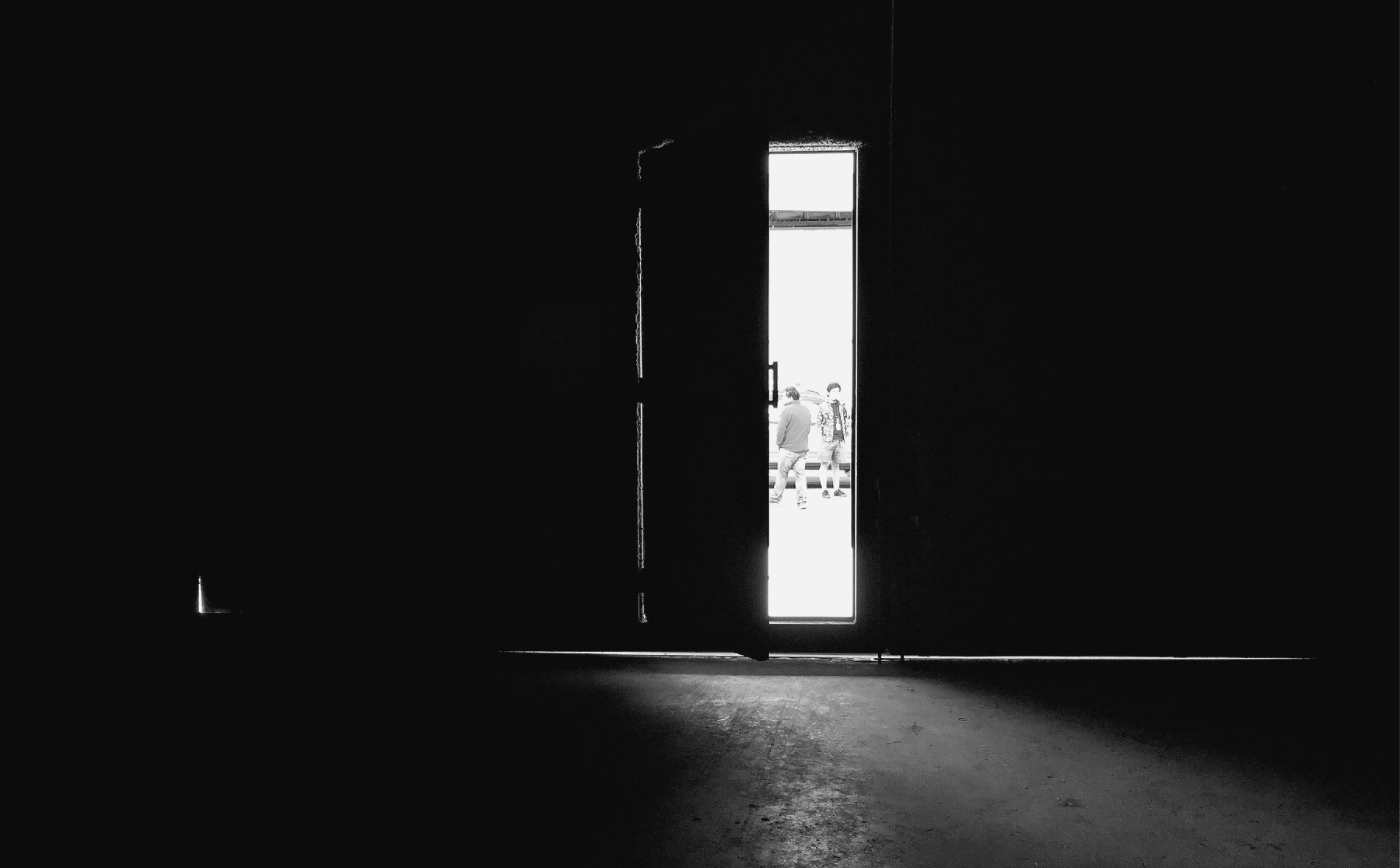Art and Cultural Resistance: A Weapon and Beauty
This pandemic is not the first challenge to face culture and art. Over the centuries, crises, pandemics and wars have interrupted the flow of culture. Libraries have been flooded, others burned, museums were destroyed, cultural institutions were ruined, paintings disappeared, monuments were stolen, and many artists, authors and intellectuals died at an early age. But every time, the arts have recovered.
This pandemic is a threat of historic scale. Will the arts endure? Will culture overcome this crisis? What efforts should the knowledge economy undertake to get this fire under control?
The culture and art industry is among the largest sectors affected in this crisis. The arts are paralyzed, and popular cultural activities are on hold: museums, cultural sites, libraries, theaters, cinemas and art exhibitions are all closed. In short, the coronavirus crisis has made more than 90% of the artists in the world unable to make a living or afford their basic needs. This is why UNESCO has announced we are now in a “cultural emergency”.
In such an intense atmosphere, artists and cultural activists have organized a resistance movement armed with the faith that culture and arts must keep going and never stop. Civil communities, international bodies and some governments have backed this movement, helping artists and art supporters realize that failure is not an option.
When UNESCO became aware of the threat, they did not stand idly by. They launched the ResiliArt movement which encourages and supports artists to be resilient in the face of this assault on the arts. This movement is focused on gathering creative artists and those who engage in the arts to discuss and exchange thoughts in order to find the best paths for survival. ResiliArt is an attempt to raise awareness about the drastic impact the COVID-19 pandemic is having on the culture sector and to support artists during this crisis.
As part of this movement, UNESCO has so far organized 43 discussions throughout the world and has scheduled 16 more. One of these is the ResiliArt debate organized by Ithra on June 18. So far, these ResiliArt discussions are taking place in 48 countries around the world.
Governments in about 50 countries have intervened directly to support artists and other professionals in the culture sector. In France, for example, the government set an emergency plan to rescue libraries through the direct action of the minister of culture who has made millions of euros available for impacted authors, small libraries and publishing houses. The UAE has launched a program called “artists in embassies,” which directly supports artists through buying artworks from Emirati artists for their embassies around the world.
Artists have replaced physical gallery spaces with virtual ones to share their artworks and grow their audiences. As a result, live stream channels have been transformed into halls for music concerts, theater plays, fine art exhibitions and folk performances. Netflix, for example, has expanded its presence to such an extent that many filmmakers are now showing their work there as an alternative to brick and mortar cinemas.
Artistic and cultural resistance is not only a movement to help culture survive and flourish. It has a double role. Art is one of the leading weapons humanity is using in its war on the pandemic.








